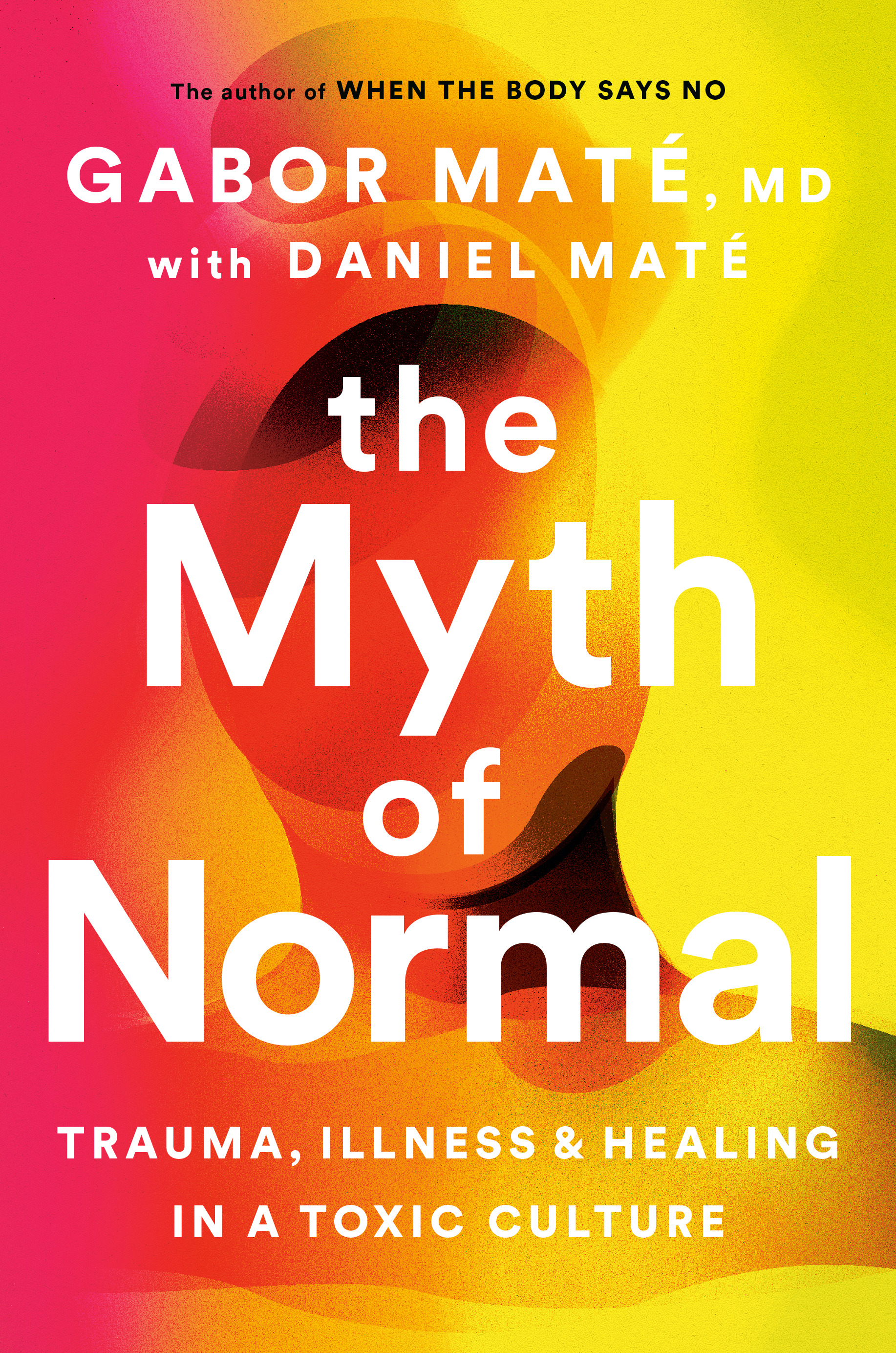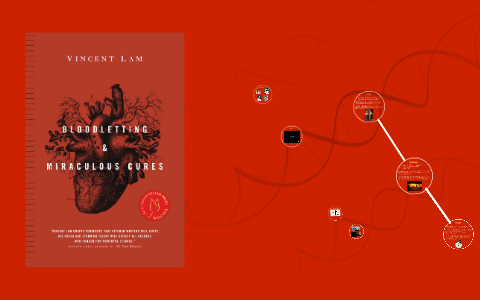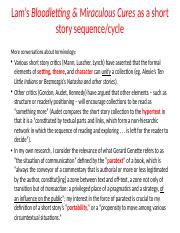Bloodletting, also known as phlebotomy, was a medical practice that involved the removal of blood from a patient's body in an attempt to cure a variety of ailments. It was believed that by removing excess blood, the body's humors (a concept in ancient Greek and Roman medicine that held that the body was made up of four fluids: blood, phlegm, yellow bile, and black bile) would be brought into balance, leading to improved health. The practice of bloodletting was widespread in the ancient world and continued to be used in various forms until the 19th century.
One of the earliest recorded instances of bloodletting can be traced back to ancient Egyptian medicine, where it was used to treat a variety of ailments including fevers, headaches, and infections. The ancient Greeks and Romans also practiced bloodletting, and it was a common treatment in the Middle Ages as well. During this time, bloodletting was often performed using leeches, which were believed to have medicinal properties.
Despite its widespread use, the effectiveness of bloodletting as a treatment has been called into question by modern medicine. In fact, many experts now believe that bloodletting can actually be harmful to a patient's health. Removing too much blood can lead to anemia and other serious health problems, and there is little scientific evidence to support the claim that bloodletting can cure ailments.
In addition to bloodletting, the practice of using miraculous cures to treat illnesses was also common in the past. Miraculous cures were often based on superstition and folklore, and were used to treat a variety of ailments. These cures often involved the use of herbs, potions, and other substances that were believed to have medicinal properties. However, like bloodletting, the effectiveness of miraculous cures has been called into question by modern medicine.
Despite the questionable effectiveness of bloodletting and miraculous cures, both practices have played a significant role in the history of medicine. While they may no longer be used in mainstream medicine, they serve as a reminder of the importance of using scientific evidence to guide medical treatment and the need to constantly evaluate and update medical practices as new knowledge becomes available.








